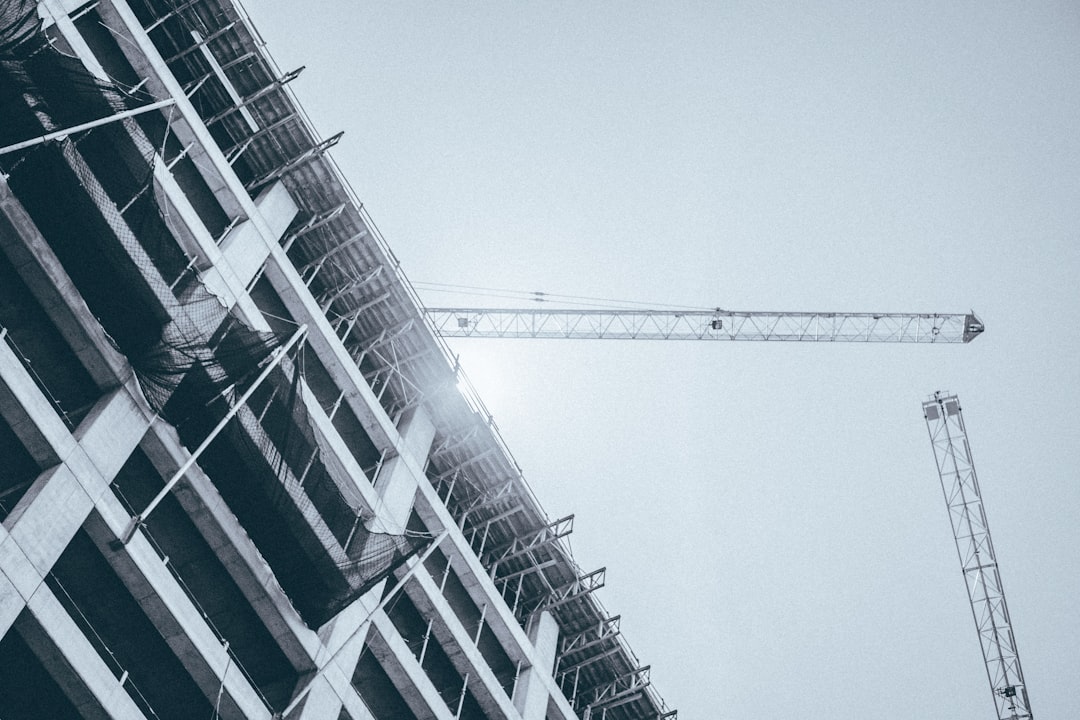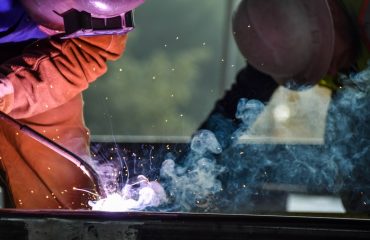The construction industry is undergoing a significant transformation, driven by the need for sustainable, efficient, and cost-effective building solutions. Hybrid construction, a revolutionary approach combining different materials and construction methods, is at the forefront of this change. This innovative technique offers a compelling blend of strengths, mitigating the weaknesses of individual materials and construction processes. Let’s explore the fascinating world of hybrid construction in detail.
1. Understanding the Core Principles of Hybrid Construction
Hybrid construction isn’t simply about mixing materials; it’s a strategic approach that leverages the unique advantages of various building components to achieve optimal performance. For example, the strength and durability of concrete might be combined with the lightweight and sustainable properties of timber, or the speed of prefabrication with the resilience of steel. The key is to carefully select materials and methods that complement each other, creating a synergistic effect that exceeds the capabilities of any single system. This approach often leads to optimized designs, reduced construction time, and enhanced building performance.
2. Popular Material Combinations in Hybrid Construction
The possibilities in hybrid construction are virtually limitless. Some of the most common and successful combinations include:
- Timber and Concrete: This pairing unites the sustainability and speed of timber framing with the strength and fire resistance of concrete. Timber frames can form the main structure, with concrete used for key load-bearing elements or infill walls.
- Steel and Concrete: A classic combination, this approach uses steel for its high tensile strength and ability to span large distances, while concrete provides compressive strength and fire protection. This is frequently seen in high-rise buildings and complex structures.
- Timber and Steel: This increasingly popular combination leverages the sustainability of timber with the strength and precision of steel. Steel can be used for connections, bracing, or load-bearing elements within a timber frame structure.
- Concrete and Masonry: This approach often involves using concrete for the structural frame and masonry (brick or block) for cladding or infill walls. This provides a robust and aesthetically pleasing building envelope.
- Mass Timber and Steel: Utilizing large engineered wood products like cross-laminated timber (CLT) and glulam beams with steel for critical connections and bracing allows for the creation of tall, sustainable buildings. This combination balances the advantages of both materials effectively.
3. Advantages of Employing Hybrid Construction Methods
The benefits of hybrid construction are substantial and extend across various aspects of the building process:
- Enhanced Structural Performance: Combining materials optimizes structural integrity, leading to stronger, more resilient buildings capable of withstanding various environmental loads.
- Improved Sustainability: Utilizing sustainable materials like timber reduces the carbon footprint of the building, contributing to greener construction practices.
- Cost-Effectiveness: Strategic material selection can optimize costs by using less expensive materials where appropriate without compromising structural integrity.
- Faster Construction Times: The use of prefabricated components and efficient construction methods often leads to significantly reduced construction time.
- Increased Design Flexibility: Hybrid construction allows for greater architectural freedom and creative design solutions, pushing the boundaries of traditional building designs.
- Reduced Waste: Precise material selection and efficient construction methods minimize material waste, contributing to a more sustainable building process.
4. Addressing Potential Challenges in Hybrid Construction
While hybrid construction offers numerous advantages, it also presents some challenges that need careful consideration:
- Material Compatibility: Ensuring proper compatibility between different materials is crucial to avoid potential issues like expansion and contraction mismatch or corrosion.
- Design Complexity: Designing hybrid structures requires specialized expertise and sophisticated software to ensure optimal performance and structural integrity.
- Construction Expertise: Skilled labor proficient in handling various materials and construction techniques is essential for successful project execution.
- Cost of Specialized Components: Some hybrid construction components might be more expensive than traditional alternatives, requiring careful budget planning.
- Regulatory Compliance: Meeting building codes and regulations for hybrid structures might require additional approvals and certifications.
5. The Future of Hybrid Construction: Emerging Trends and Innovations
The future of hybrid construction is bright, with ongoing innovations and emerging trends shaping its evolution:
- Increased Use of Mass Timber: The growing popularity of mass timber products like CLT is driving the development of taller and more complex hybrid timber structures.
- Integration of Smart Technologies: The incorporation of smart sensors and building management systems is enhancing the efficiency and sustainability of hybrid buildings.
- Advanced Material Science: Research into new materials and composite materials is paving the way for even more innovative and sustainable hybrid construction solutions.
- 3D Printing in Construction: 3D printing technology is being explored for creating customized components and structures, potentially revolutionizing the hybrid construction process.
- Focus on Circular Economy Principles: The industry is increasingly focusing on using recycled and recyclable materials in hybrid construction, promoting a circular economy approach.
Hybrid construction represents a significant leap forward in the building industry, offering a sustainable and efficient path towards creating innovative and resilient structures. By understanding its principles, advantages, and challenges, we can harness its potential to build a more sustainable and prosperous future.
Tags: hybrid construction, sustainable building, timber frame construction, steel construction, concrete construction




